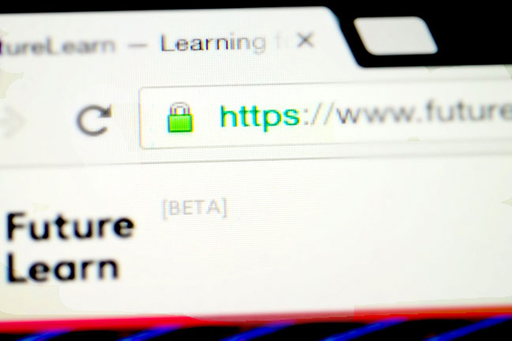1.5 Why isn’t the internet encrypted?
Crucially, one part of everyday life that is not routinely protected by cryptography is the internet itself. The majority of emails and web pages are sent in plain view and can be intercepted and read by a malicious third party.
In theory, the whole of the internet could be protected using cryptography, but this is unlikely to happen because it takes a certain amount of computer power to encrypt and decrypt information so there would be significant costs if it were to be used throughout. Also there are a range of web applications, such as reading news sites or browsing online shops, that do not involve any sensitive information and therefore do not need to use encryption.
Applications running over the internet selectively use cryptography for key tasks (such as processing payments for online shopping) and users may choose to use cryptography for additional purposes (such as securing email).
Some websites you visit are encrypted. This is sometimes shown by a padlock symbol in the address bar of the web browser. You’ll learn more about this later in the course.
Review the list of digital information and online services you compiled in Week 1 of the course. Based on the threats you associated with each item in your list, think about some examples of how you could use cryptography to improve your security.

